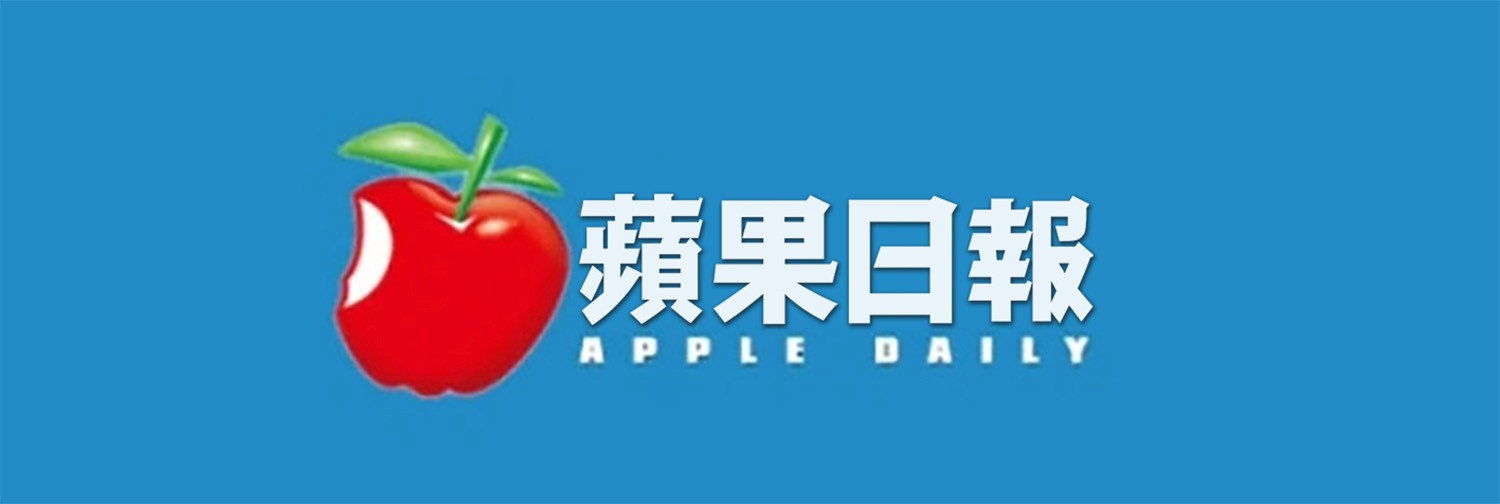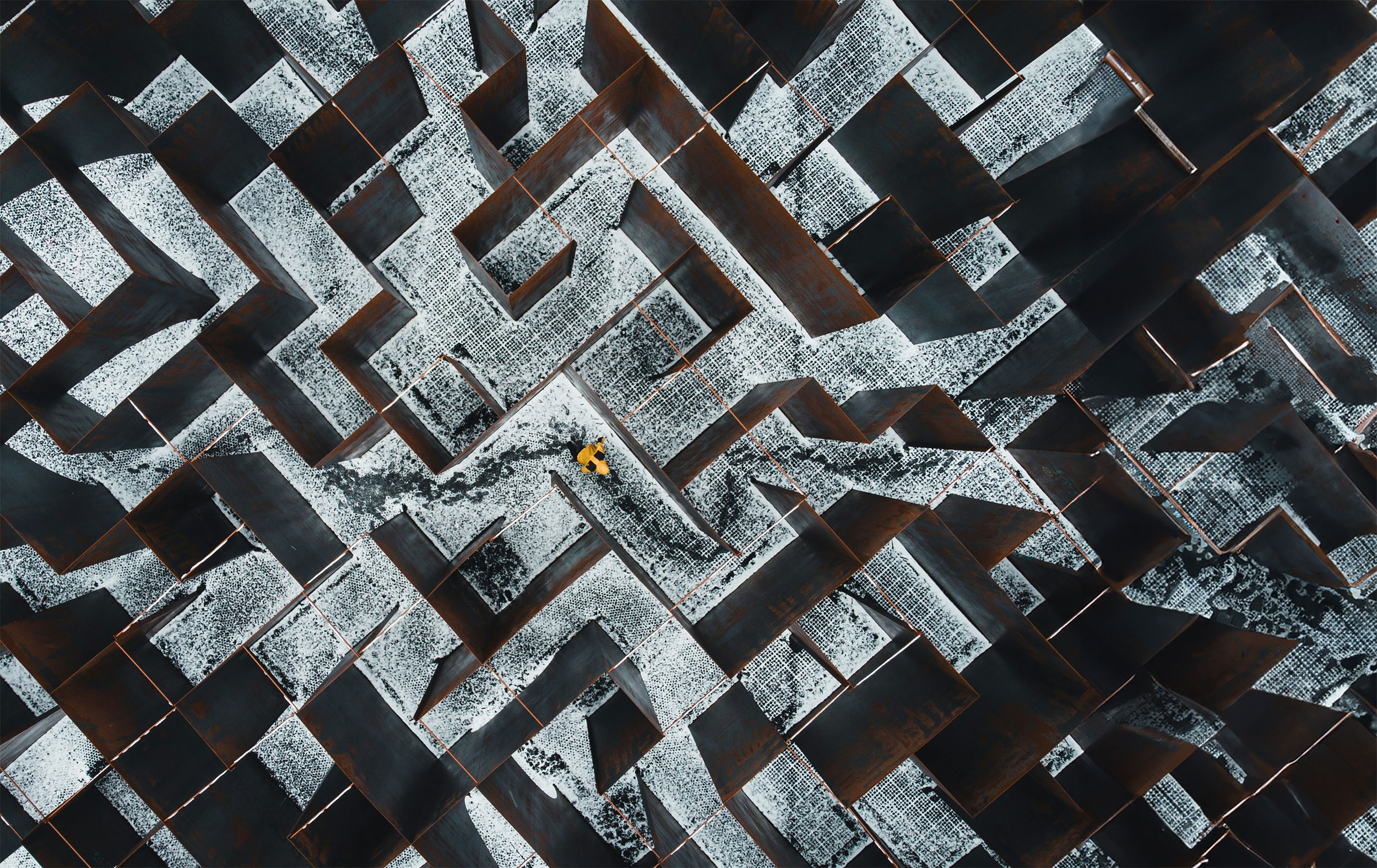Back
Link Rot 3: How is it being stopped?
In the previous two articles (Link Rot 1 & Link Rot 2), we’ve discussed the sorry state of archiving on the Internet. As a result, link rot is everywhere: 50 million songs on MySpace accidentally deleted, legal opinions from the world’s highest courts disappearing online, content on Twitter that is suddenly pay-walled.
But what about stories of the opposite? What about examples of when link rot was prevented through permanent data?
The Arweave permaweb and its permanent links have been around since 2017. Most have never heard of it, but once they do its influence can’t be unseen. The ability to have stable, unchanging data has made a significant difference in combating link rot.
How Link Rot is Being Stopped?
Here are a few examples of how Arweave has been used to combat link rot:
ArDrive
Apple Daily censorship resistance using permanent links
Creative Commons & other smaller projects
Scientific Research
Provenance with KYVE
Let’s check them out.

ArDrive - Pages and Apps on the Pemaweb
The easiest place to try out permanent data, for anyone, is ArDrive. ArDrive is a Dropbox-like app that will save any type of file for you - docs, music, videos, databases, etc.
In addition, if you upload the file publicly, ArDrive will make the file into a webpage with a unique URL.
Imagine that: uploading a document onto ArDrive which becomes an instant webpage that will be permanently available. This spells the end of link rot.
ArDrive has the capability to not only do this for a single document, but whole websites or applications as well.
But what happens if ArDrive goes away, will your data still be there?
Most apps only let you use the most current version of their software. At ArDrive, they keep full-functional historic copies of their decentralized app (dapp) available for you to use on the permaweb. These apps will remain on the permaweb well past our lifetimes.
This means that even if the ArDrive team disappears, your data will not.
Checkout all of the old versions of ArDrive apps on the permaweb: try one out and get your data from it: Dapp history of ArDrive - ArDrive

Apple Daily
Link rot happens when pages on the internet are removed, redirected, or updated causing all links to these pages to break.
Certainly, there are a lot of broken links that point to Apple Daily.
Apple Daily WAS a pro-democracy newspaper published in Hong Kong from 1995 to 2021. Because of its anti-government editorial viewpoint, it was forced to shut down operations when mainland China exerted more influence in Hong Kong.
As a result, not only are new issues of Apple Daily not being created, but nearly all previous digital records of Apple Daily have disappeared from the internet.
Fortunately, one reader someone saved many of the past editions on the permaweb where they can live on and evade censorship.
Although all of the original links to the Apple Daily are now broken, the new permaweb links (and the history of Apple Daily) will live on.
To view the Apple Daily collection on the permaweb, view the files on ArDrive with this link: https://app.ardrive.io/#/drives/8102f...
Hong Kong's Apple Daily on Arweave? | ArDrive News

Creative Commons & other smaller projects
Not many would argue the importance of saving novels, philosophical, theological, and history documents permanently on the blockchain for future generations to use. And, fortunately, large amounts of works within the Creative Commons have already be uploaded to the Arweave blockchain where they can never be lost.
However, not all works are a masterpiece. But, don’t these pieces deserved to be saved as well? Someone created them. Put effort into it. Surely it would be good to save these as well.
Take for instance, the Hotdog Rhythm Station, by an Arweave community member. It is a simple online drum machine saved to the permaweb. As of now it has a minimized feature set. The creator may wish to expand it in the future, or they may not. However, what is certain is that this little creation will be on the permaweb forever, and any link to it will never break.
What other little creations could be put on the permaweb?

Scientific Research
Research funding is hard to secure. But once granted, a research team eagerly gets to work, exploring the questions that were initially proposed.
When a team has findings worth sharing, they'll often publish their results on their own website.
However, what happens to the website and research when the funding runs out? Who pays to keep the domain name and hosting alive? This is a common pain point for many researchers.
Thomas Homer-Dixon is one of the world's leading academic researchers on complexity theory. He researches how global crises are increasing in scope and also overlapping with each other more frequently. It isn't light reading but his research remains a vital record of world events.
Recently the Homer-Dixon website was rebuilt, but there wasn't room to contain all of his former work. So in the footer of his new site is a link to a 'permasite' - a permanent website where all his work remains intact. Anyone can interact with Thomas's work on the permaweb at homerdixon.ar.io and reference his findings without the threat of link rot.

Provenance & KYVE
Brands have always battled off-brands and imitation knockoffs. Is this a Rolex or a Fauxlex? Is this product from an unknown brand on Amazon just as good as the real thing?
With the development of AI there has also been a dramatic rise in fake news. What news can I really trust? What is coming from the actual source? This all fits under the category or provenance, or in our case, digital provenance.
Digital provenance is the chronological documentation of digital content, providing verifiable information about its authenticity and origin throughout its existence.
In other words, digital provenance helps us know what is real online and what is not.
Blockchains experience link rot just like the rest of the internet. But with blockchains, the incentives to provide misleading information are higher, especially if it means financial transactions can be manipulated.
KYVE aims to combat link rot in blockchains as a decentralized data hub. KYVE acts like a super-reliable librarian for blockchain data, streamlining access to historical information from the chain. But it doesn't just store the data, it also makes sure the information is correct. KYVE provides:
Permanent Digital Records - keeping track of where things come from because the original information is always there to check.
Digital Fingerprints - Data on KYVE lands up on Arweave where it gets a unique digital signature like a fingerprint for each file. This makes it easy to prove that a file is the real and hasn't been tampered.
Timestamping - Arweave puts a timestamp with exact date and time on everything that's uploaded. It helps prove when something was first created or uploaded, which is vital for historical blockchain records.
Decentralized Verification - Instead of relying on one company or person to say something is real, KYVE spreads this job across many computers. This makes it much harder for anyone to fake or change information about where something came from.
By using these features, KYVE has created a trustworthy system for proving the origin and history of blockchain data. This has enabled it to become a clear leader among blockchain data hubs.
The End of Link Rot
In conclusion, Arweave and tools like ArDrive and KYVE offer effective solutions to link rot by providing permanent, immutable storage for data. From personal files to news archives and scientific research, they ensure links remain unbroken and content stays accessible, preserving information for the future.
Join us in ending link rot!

ar.io